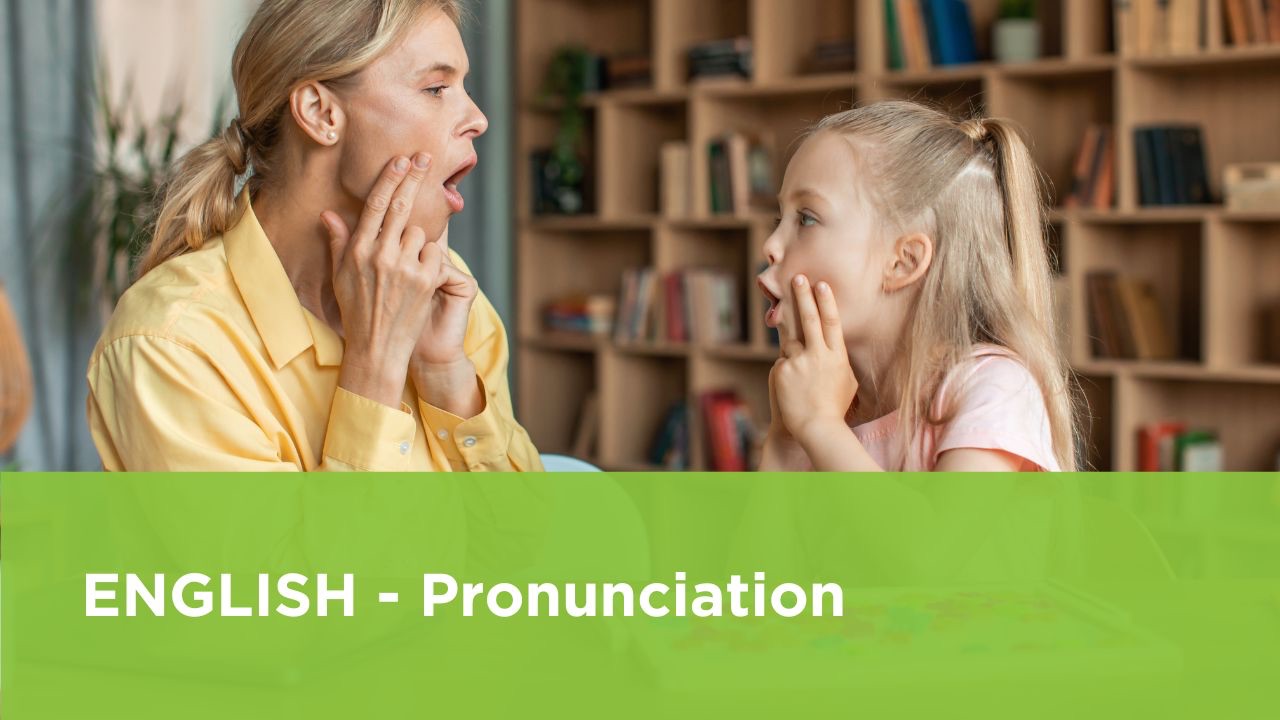English pronunciation
Mar 18, 2025
Audio:
If you want your English to sound natural, it can be difficult to stop making mistakes and to have your words be nice and clear.
This blog will highlight what I consider to be four of the most important things to remember when trying to improve pronunciation.

PRACTICE PRACTICE PRACTICE
Studying grammar and studying vocabulary are mental tasks; they require focus and brain power to properly learn.
Pronunciation, on the other hand, is like going to the gym; it is something that is much more PHYSICAL and needs dynamic energy to practice and improve.
Just like going to the gym, pronunciation is not something that you can do once a week and hope to develop.
It requires constant and consistent effort so that you can speak more naturally and without an accent.
Setting aside a few mornings and evenings a week during which you do a pronunciation routine can make a huge difference in how quickly you improve.
You probably want to practice in a place where you can be alone, so I think the bathroom is the obvious choice!
You’re in there a few times every day and there is usually a mirror so you can look at yourself as you practice.

VOWEL SOUNDS
A significant number of languages have exactly 5 vowel sounds: A, E, I, O and U. No matter what, these 5 letters always represent the same sound.
In English, this is not the case. We have 20 vowel sounds in English, with 12 of those being single vowel sounds (E.g. A in Cat) and 8 of those being double vowel sounds (E.g. AY in Day).
This is not something you can know just by looking at it, as the same letter can be used for multiple sounds.
Take the letter I, for example.
This can be pronounced as AYE (High), IH (If), or EE (Pier).
It is essential that you remember this and take time to review all 20 vowel sounds.
I recommend making a list of words that has at least one entry for each vowel sound (or use a pronunciation app to find such a list LINK HERE).

MOUTH SHAPE
English pronunciation uses a variety of mouth positions for its sounds.
Many other languages can be spoken without too much physical movement, but to have nice and clear pronunciation in English, you must be aware of all the parts of your mouth and where they are sitting.
These parts are your LIPS, TONGUE, TEETH and JAW.
When you are practicing pronunciation, think hard about the position of all 4 parts of your mouth.
The significant difference in mouth shape can make it easier to remember certain sounds.
Compare the sound OH (as in Sew) and EE (as in See).
With Sew, your mouth is narrow and open, but with See your mouth is wide and mostly closed.
You might notice that when you pay attention to your mouth shape, it starts to hurt after a little bit of practice.
That’s good! It means you are properly moving your mouth.

TARGET YOUR WEAKNESSES
Are you Japanese? Then you are going to struggle with words that have the letters L, R, B or V in them.
A French speaker? Be careful with words that start with the letter H or a vowel.
Maybe Spanish is your native tongue? In that case, you probably have difficulty with the difference between T, TH and D sounds.
Regardless of your mother tongue, you will have certain sounds that are particularly challenging for you.
It can be tempting to try and avoid these sounds, but I suggest focussing on them instead.
Just like with the vowel sounds, creating a list of words that contain your specific problem will help you on the path to natural-sounding English.
There are many things to keep in mind when hoping to improve pronunciation, but I consider these 4 points to be absolutely essential.
Make sure you follow these ideas and you’ll find that your pronunciation will start to sound natural and fluent!


